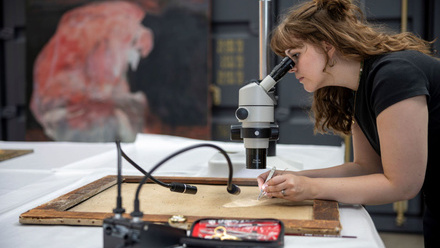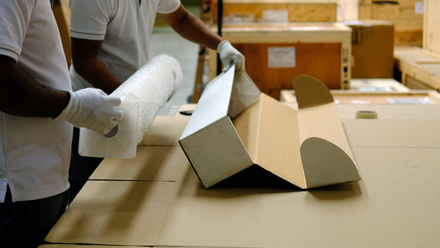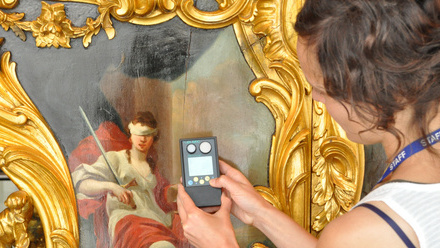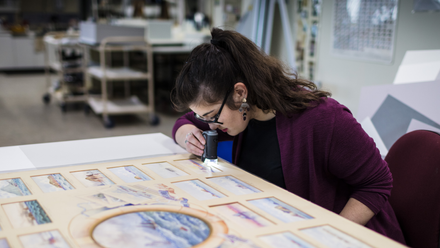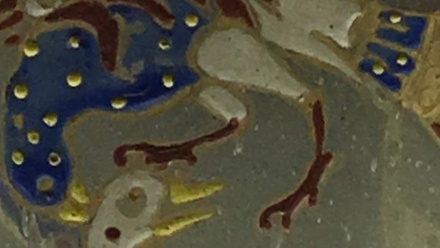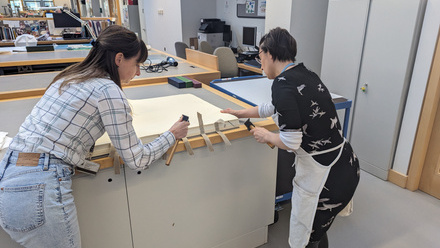Marta Garcia Celma, Chair of Icon’s Photographic Materials Group, reflects on her international work and current role at M+ Museum, Hong Kong.
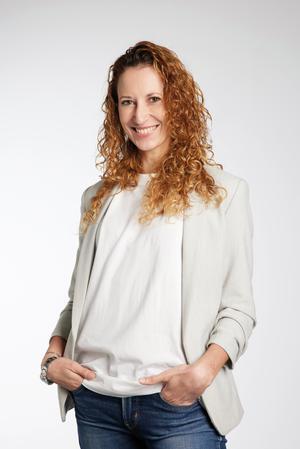
What prompted you to pursue a career in conservation?
While I was studying for a degree in fine art and photography, I discovered I really liked working with historical photographic techniques. I was lucky enough to attend multiple courses by Angel Fuentes, who was the maestro of photograph conservation in Spain.
During one of his workshops on the authentication of 19th century photographs, he handed me a Daguerreotype, which is one of the first commercially available types of photographs developed in the mid-1800s. It made me very emotional. He picked up on this and suggested I should look into photograph conservation work. It was a life changing moment.
Give us an overview of your international studies and work...
I completed my first university degree in fine arts and photography in Barcelona and spent a year in The Netherlands with an Erasmus internship.
I then came to the UK, where I worked as a photographer and waitress in Brighton, before moving to London, where I completed my Masters in Conservation at Camberwell College of Arts and got my first conservation job for The National Archives.
Then, an Icon internship in photograph and preventive conservation led me to Scotland for two years. After that, I was based in Germany, doing a PhD under the Marie SkłodowskaCurie Innovative Training Network project New Approaches in the Conservation of Contemporary Art (NACCA), researching conservation approaches for contemporary fine art photography.
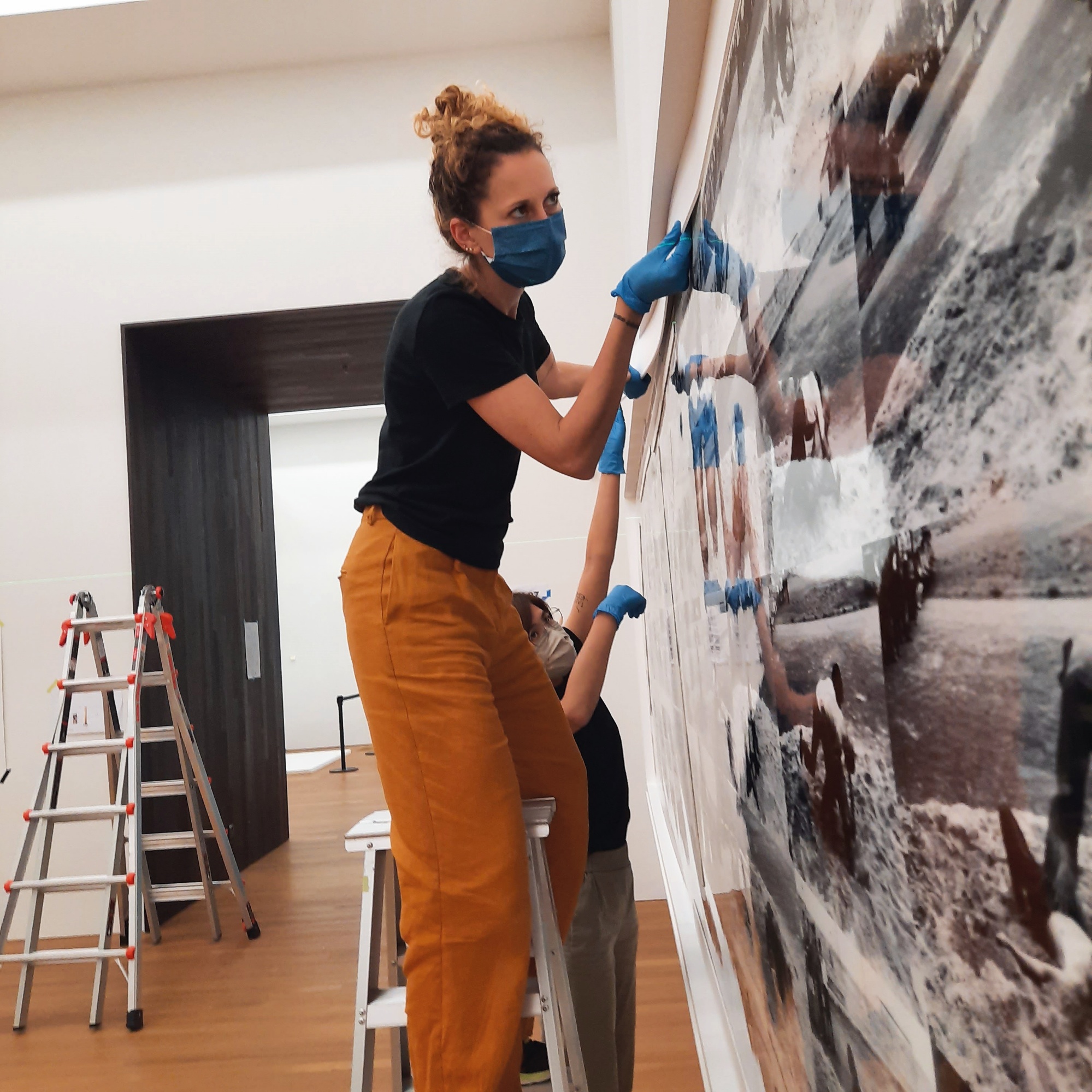
This project lasted for three years and saw me travelling around Europe quite a bit. In September 2019, I moved to Hong Kong, to take up the role of Photograph Conservator for M+ Museum.
Tell us about M+ Museum and your work there
M+ is a 21st century museum of visual culture. We care for many contemporary fine art pieces, but we also have a very strong design collection and a magnificent archive.
There are 15 team members working in M+’s conservation department and I am the only Photograph Conservator.
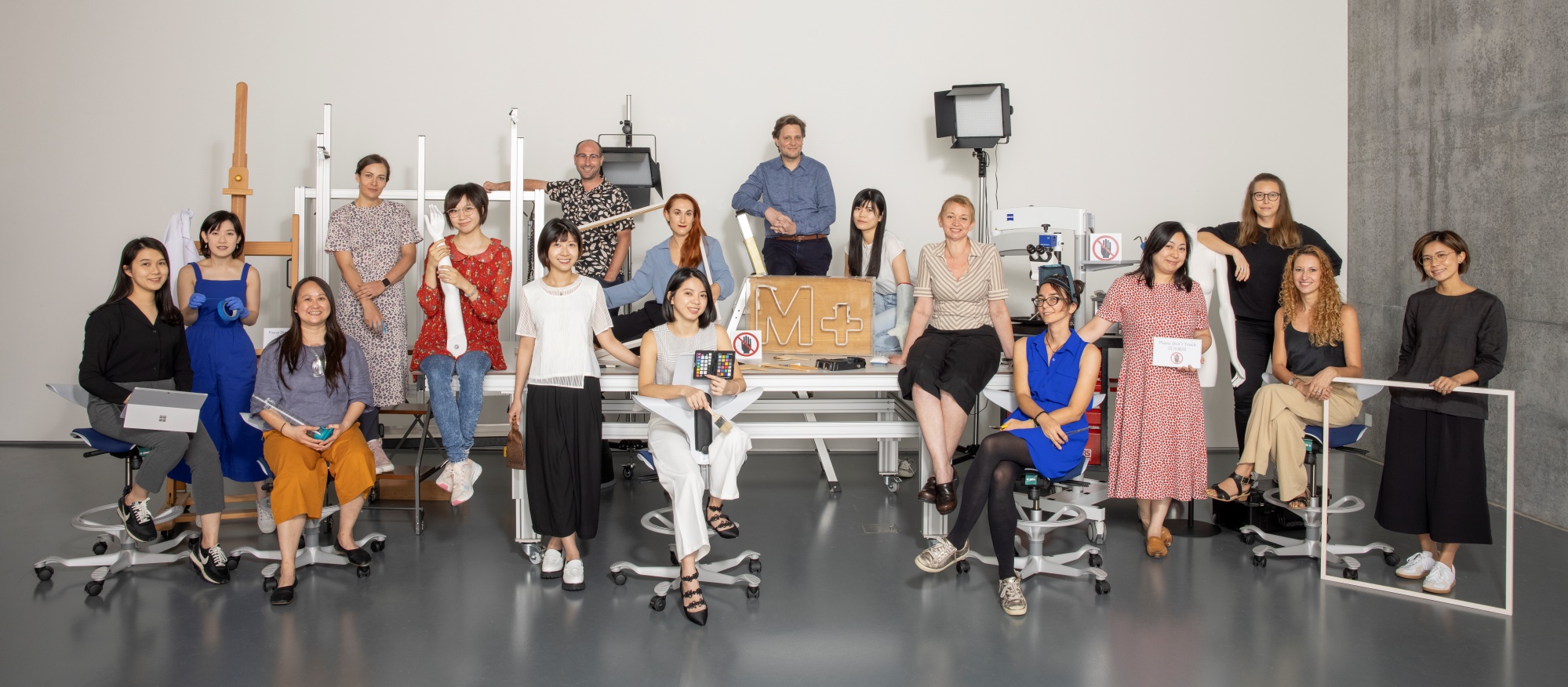
My responsibilities include exhibitions and collection care tasks – from supporting acquisitions and loans, condition reporting, interventive treatments and preventive conservation, to preparing displays and developing procedures for collection care, such us looking into different options for reproduction.
The key focus of my work during the first two years was preparing all the photographic artworks for the inaugural exhibition. Part of this included engaging with local framers, initiating them into different techniques and framing standards used by the museum, such as reversible mounting.
Alongside working on our collections, as a museum we also find it is imperative to support and give something back to the society in which we are embedded, through collaborations and education.
What do you enjoy most about your work?
As M+ is relatively new and the exhibition programme is broad, we have to constantly develop ways to care for the collection and staff, and serve the museum’s objectives in a sustainable way.
I really enjoy the collaboration and teamwork required for this, and having to think creatively all the time.
The culture and institutional environment in Hong Kong is different to Europe. Many approaches and policies often used in European museums aren’t feasible here, and so these have to be developed to meet the specific needs of M+. It is challenging but again, I really enjoy this aspect of my work. It’s a great place to learn and grow as a person, team member and conservator.
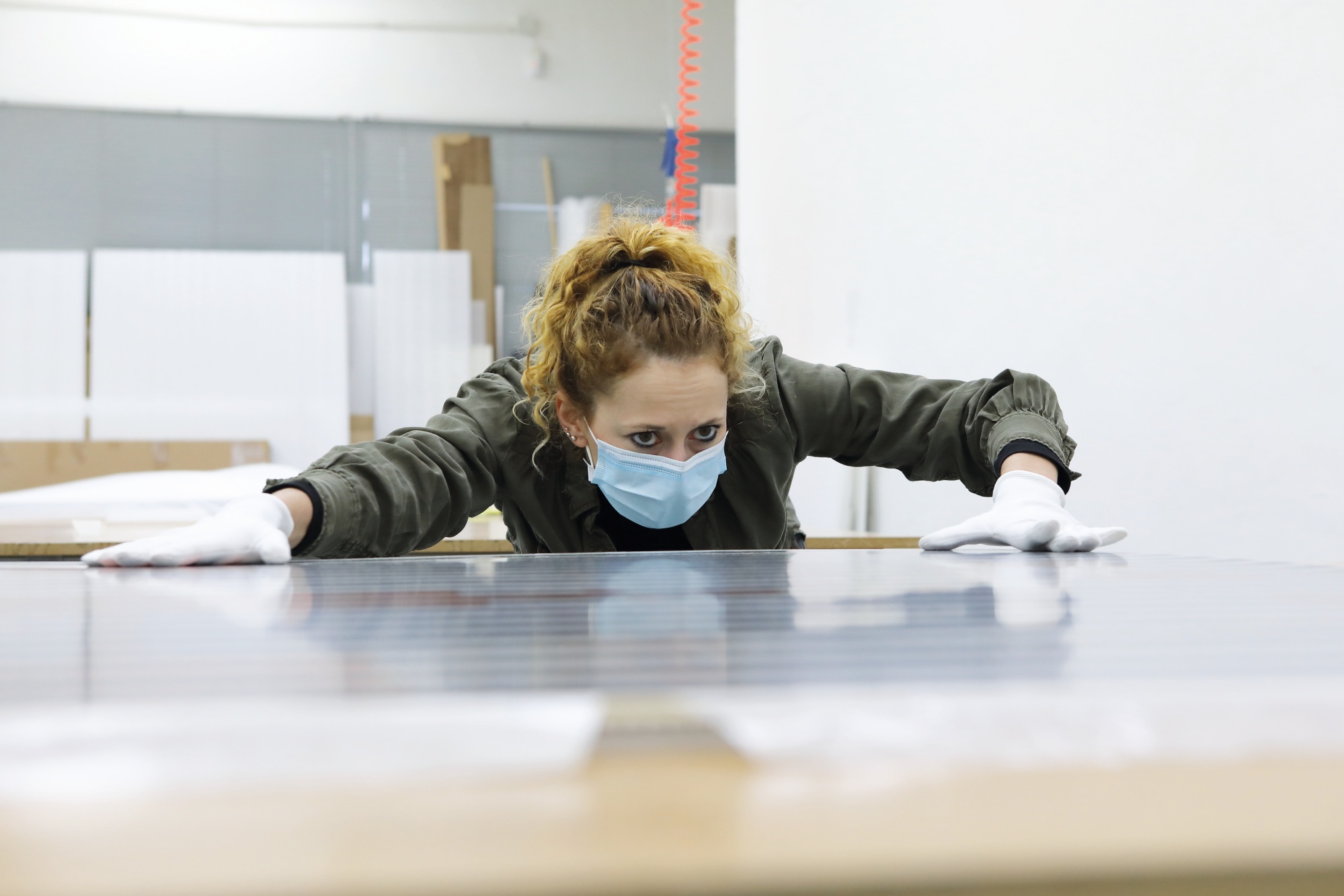
As a conservator, what are the benefits of gaining experience in different countries?
It’s a real privilege to be exposed to different social and cultural backgrounds. When you work with an object or collection, it reflects the region it comes from and the culture of the stewards, and gives you a unique peek into a part of history that not many people have access to, which is very humbling.
Those who are new to the world of conservation often think that our job is just to preserve and restore items, but that is just the beginning of our work.
We do, of course, conserve the materials, but some of these will be subject to decay, and so we have to conserve their memories and meanings, too.
We have to maintain their identity through time and also serve the society where they were created. One day, I will be gone. No one will remember my name and that’s fine. As conservators, I don’t think we are supposed to be remembered. It is the legacy of the object or collection we work with what will be remembered. That’s what we do and I find it fascinating and really fulfilling.
This is a preview of the original Iconnect Intreview featured in the first issue of the Iconnect Magazine. Read the full interview to find out about differences when it comes to conserving photographs in different countries, and top tips for conservators interested in working on a more international level, in Iconnect Magazine.

